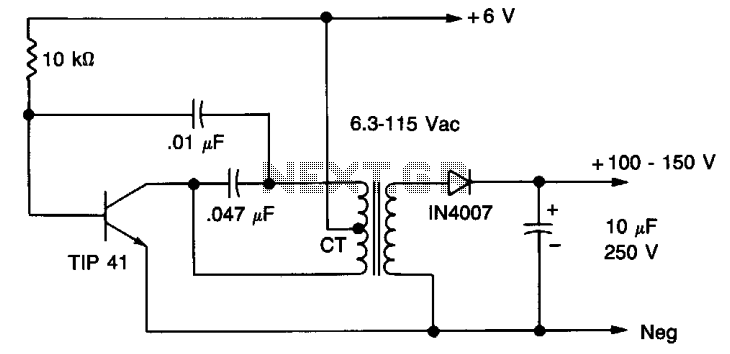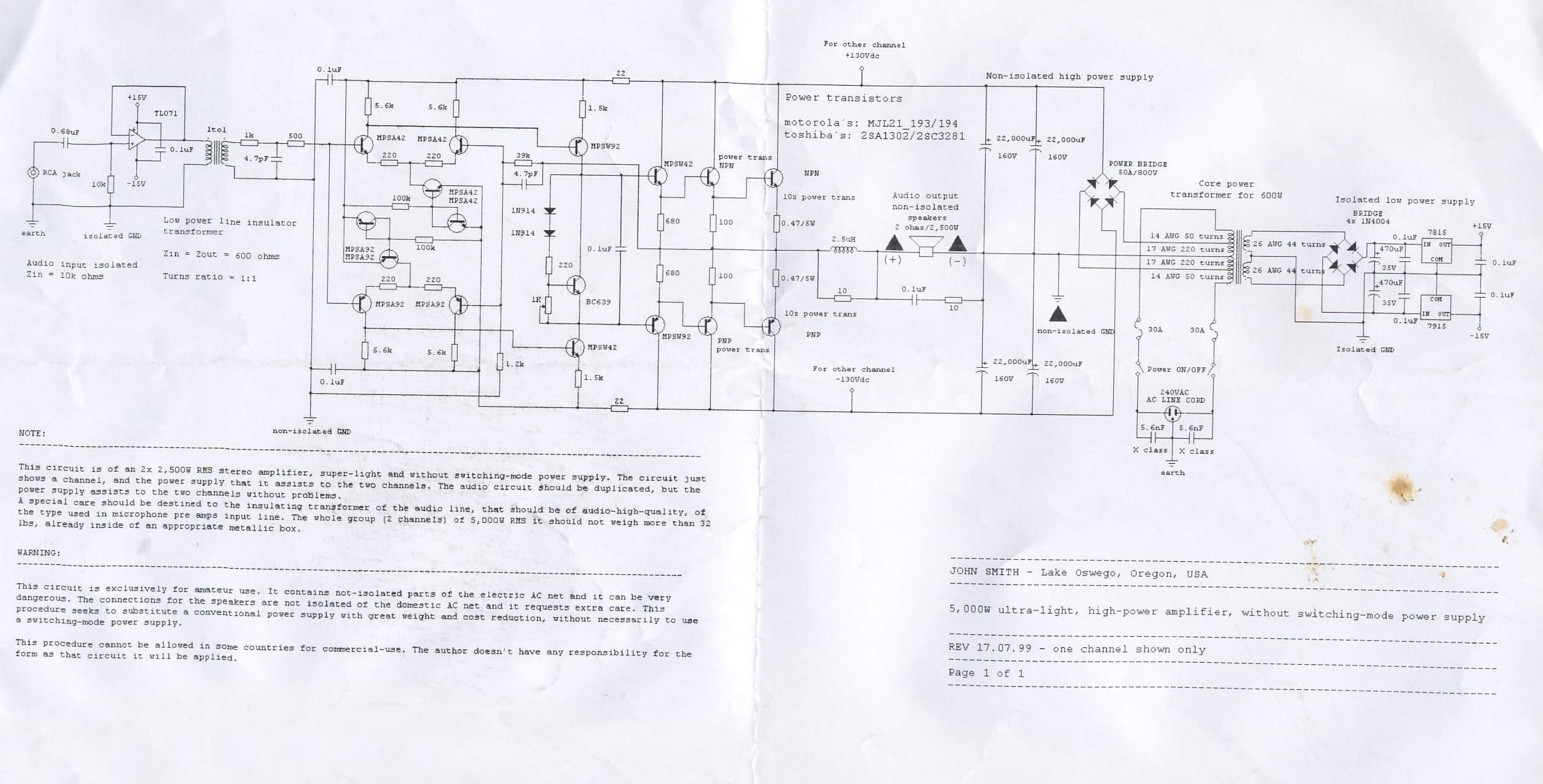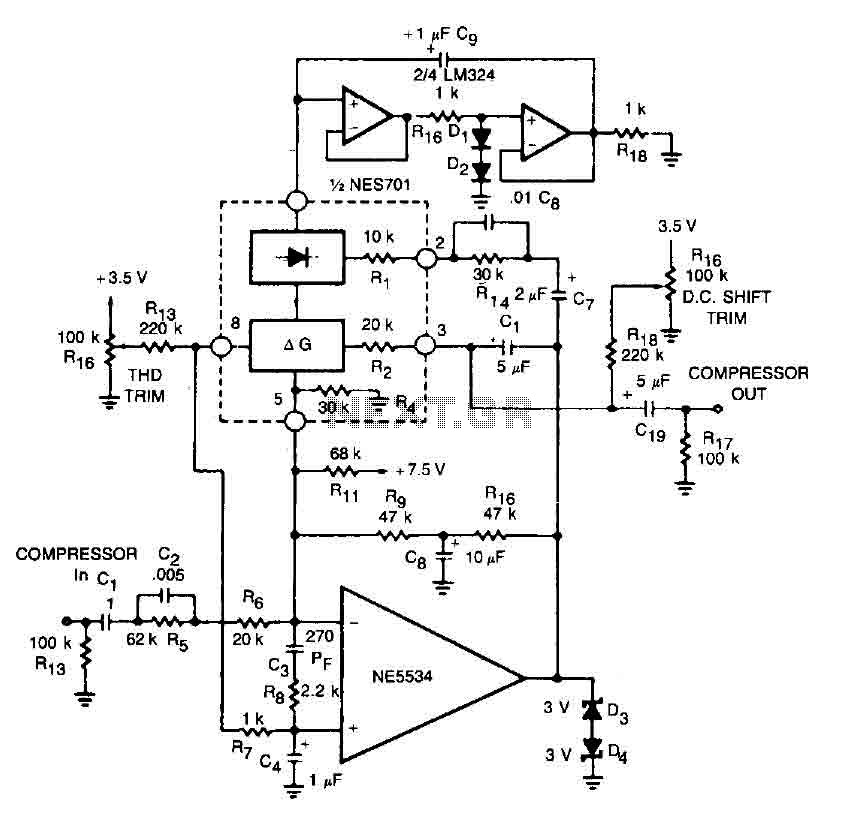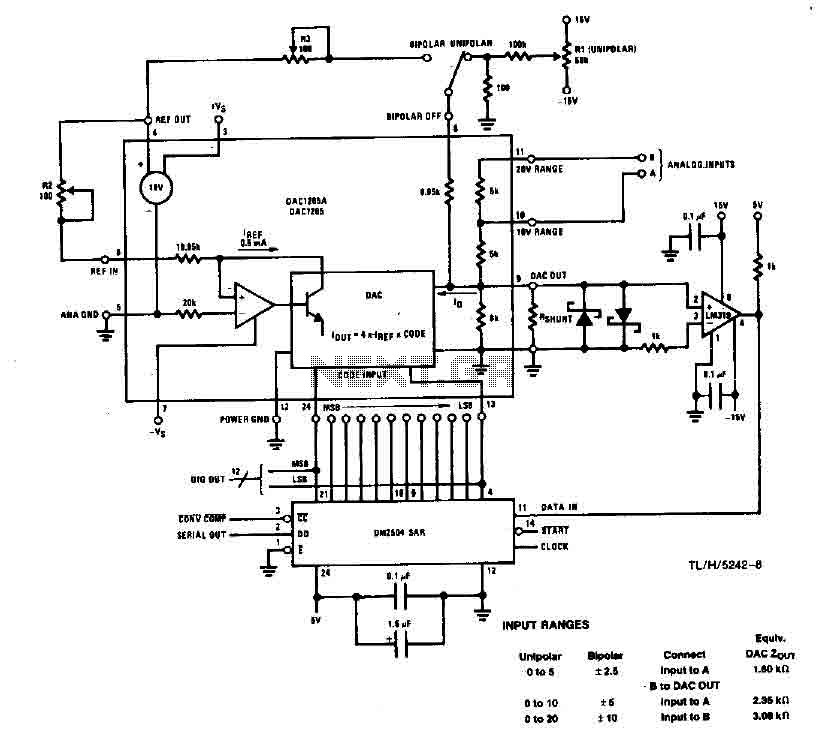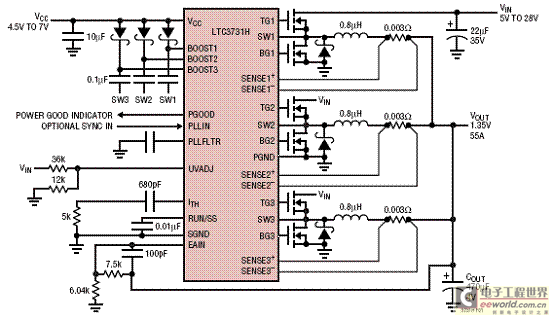
high voltage circuits

The diagram illustrates a series connection of cell diode capacitors, each rated for an increasing voltage of 300 V. This configuration generates a high DC voltage supply of 40 kV, which can be utilized for various experimental applications. With the available 40 kV capacitors, an output voltage of 160 kV can be achieved by incorporating four voltage doubler stages. The estimated voltage output is 9 kV derived from a 12 V supply. High voltage DC power supplies are commonly employed by science enthusiasts for operating electron tubes and x-ray tubes. Additionally, this system functions as a multipurpose power pulse generator capable of driving Tesla coils and other high-power coils.
The circuit design consists of multiple stages of capacitors and diodes arranged to form a voltage multiplier. The initial stage begins with a standard 12 V power supply, which is fed into the first capacitor and diode pair. Each capacitor is charged to the input voltage, while the diode prevents reverse current flow, allowing the capacitor to hold its charge. As the voltage progresses through each subsequent stage, the capacitors charge to higher voltages, effectively multiplying the input voltage.
In this configuration, each capacitor is rated for 300 V, ensuring that the components can handle the increasing voltage levels without failure. The use of four doubler stages enables the final output to reach 160 kV, suitable for high-energy experiments. The circuit's design must be carefully considered to ensure that all components are rated for the maximum expected voltage and that proper insulation and spacing are maintained to prevent arcing.
The high voltage DC power supply produced by this circuit is particularly useful for applications in scientific research, where it can be utilized to power devices such as electron tubes and x-ray tubes, which require stable and high voltage inputs. Furthermore, the capability to drive Tesla coils and other high-power coils makes this power supply versatile for various experimental setups, including demonstrations of electrical phenomena and high-voltage experiments.
Safety precautions are paramount when working with high voltage systems. It is essential to incorporate proper enclosures, use insulated tools, and ensure that all components are securely mounted to prevent accidental contact. Additionally, adequate grounding and discharge mechanisms should be implemented to mitigate the risks associated with high voltage operation.The diagram shows a set of cell diode capacitor connected in series, each set of increasing voltage 300 V. This Supply generates DC high voltage 40kV, with which you can make interesting experiments. With the available 40 kV capacitors, 160 kV output voltage could only be obtained with four doubler stages.
Estimated voltage output is 9kV from 12V supply. High voltage DC power supplies are used by science enthusiasts for powering electron tubes and x-ray tubes. A Multipurpose power pulse generator capable of driving Tesla Coils and other high power coils. 🔗 External reference
The circuit design consists of multiple stages of capacitors and diodes arranged to form a voltage multiplier. The initial stage begins with a standard 12 V power supply, which is fed into the first capacitor and diode pair. Each capacitor is charged to the input voltage, while the diode prevents reverse current flow, allowing the capacitor to hold its charge. As the voltage progresses through each subsequent stage, the capacitors charge to higher voltages, effectively multiplying the input voltage.
In this configuration, each capacitor is rated for 300 V, ensuring that the components can handle the increasing voltage levels without failure. The use of four doubler stages enables the final output to reach 160 kV, suitable for high-energy experiments. The circuit's design must be carefully considered to ensure that all components are rated for the maximum expected voltage and that proper insulation and spacing are maintained to prevent arcing.
The high voltage DC power supply produced by this circuit is particularly useful for applications in scientific research, where it can be utilized to power devices such as electron tubes and x-ray tubes, which require stable and high voltage inputs. Furthermore, the capability to drive Tesla coils and other high-power coils makes this power supply versatile for various experimental setups, including demonstrations of electrical phenomena and high-voltage experiments.
Safety precautions are paramount when working with high voltage systems. It is essential to incorporate proper enclosures, use insulated tools, and ensure that all components are securely mounted to prevent accidental contact. Additionally, adequate grounding and discharge mechanisms should be implemented to mitigate the risks associated with high voltage operation.The diagram shows a set of cell diode capacitor connected in series, each set of increasing voltage 300 V. This Supply generates DC high voltage 40kV, with which you can make interesting experiments. With the available 40 kV capacitors, 160 kV output voltage could only be obtained with four doubler stages.
Estimated voltage output is 9kV from 12V supply. High voltage DC power supplies are used by science enthusiasts for powering electron tubes and x-ray tubes. A Multipurpose power pulse generator capable of driving Tesla Coils and other high power coils. 🔗 External reference
